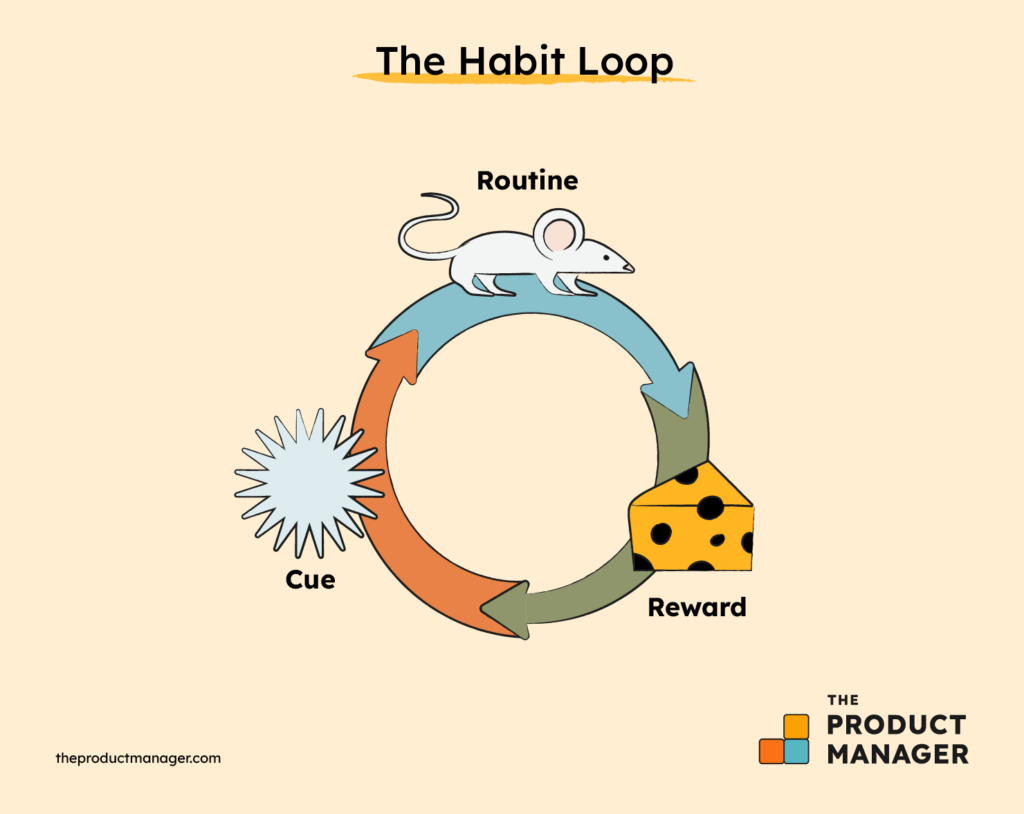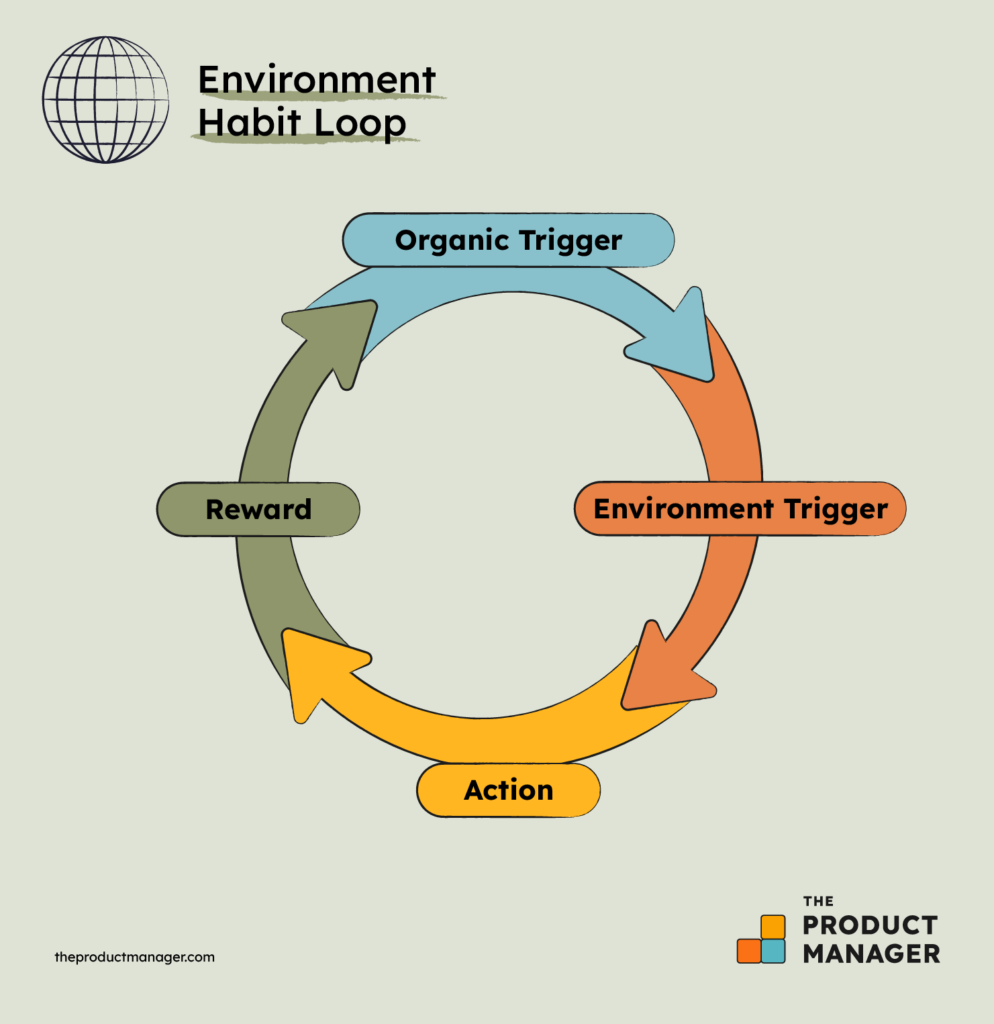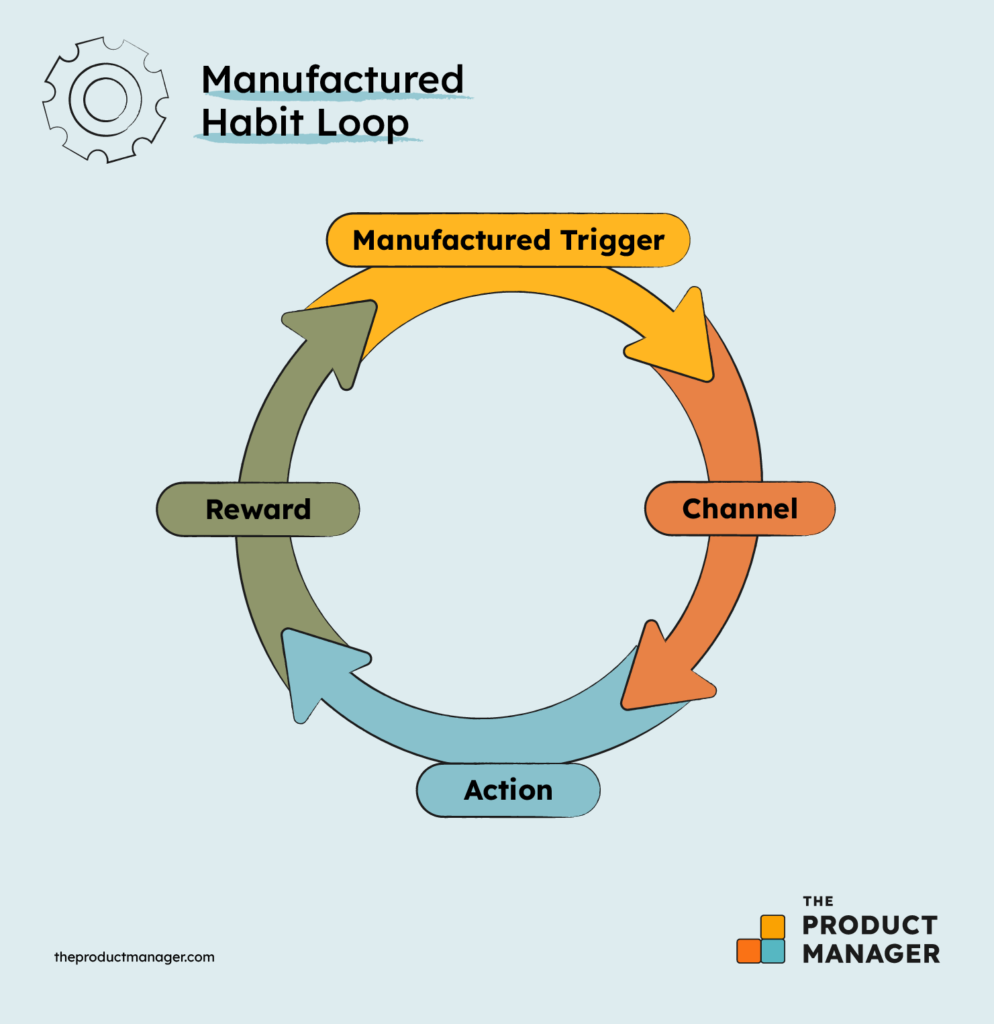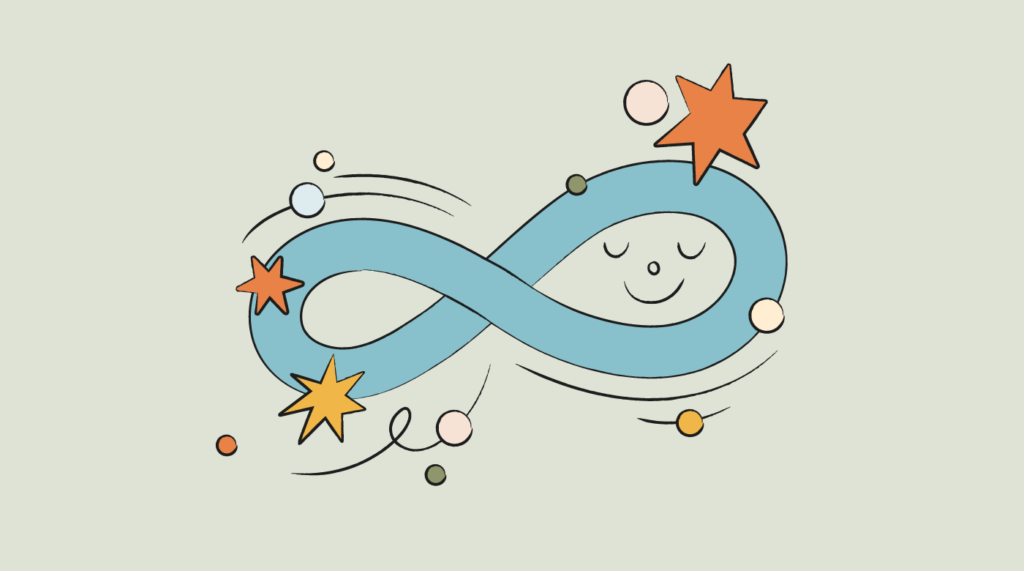One of the best trends in the world of startups and product management now is the gradual move from funnels to loops as the more sustainable and self-reinforcing way of handling your acquisition and retention.
I’m entirely into this trend, and I think that the concept of loops is something that every product manager should learn and adopt.
Today, I want us to focus on habit loops and teach you how to apply them to your products.
The Power Of Habit
Our everyday lives are full of efforts to break bad habits and form new ones. I, for example, have been trying to form a good habit of eating healthy for the last couple of years and have been constantly and miserably failing at it (too much love for the cuisines of the American South, the Balkans, and the Middle East).
While I am terrible at healthy habit-forming, it was relatively easy to get rid of a very unhealthy old habit of mine—smoking. It was actually thanks to a great book by an accountant-turned-psychology writer, Allen Carr—The Easy Way to Stop Smoking.
Well, saying it was relatively easy does not mean it was not hard at all (it was just easier than my failure to eat healthy). In fact, it took me around a month to get rid of the terrible emotional state I experienced due to the withdrawal effects of smoking.
I want to share my personal experience with forming positive habits and improving my well-being to illustrate a fundamental concept in human nature and psychology.
It is super hard to make or break habits.
The reason behind this notion is relatively simple. The human brain is sometimes too lazy to think creatively, especially when it comes to daily low-importance tasks and activities. Therefore, we are prone to creating certain repetitive new routines and following them on “autopilot.”
To help you quit smoking, Allen Carr explains and convinces you that there is no such thing as a nicotine addiction. What you are “addicted to” in reality are the ceremonies and routines involving smoking that you have developed, and your habit change is what will let you quit.
You smoke when you wake up, when you have your cup of coffee, after you eat, etc. These are all simple ceremonies that have helped you form a habit.
In his book The Power of Habit, journalist Charles Duhigg builds upon existing studies on habitual behaviors and decision-making, as well as experiments with rewards, and argues that this process is a self-reinforcing loop that looks like this:

Let’s digest what each of these steps mean:
- The Cue is your starting point, which reminds you to start acting on your habit. For a smoker, the cue is finishing eating when your brain starts “pinging” you that it is time to smoke.
- The Routine is the following immediate action. In our case, it is going outside and smoking your cigarette.
- The Reward is the self-reinforcing result you receive from the action—the rush of dopamine you get after you finish your smoke.
The keyword here is “self-reinforcing”. The more you smoke, the more you get dopamine, and the more likely you are to smoke the next time you eat.
This self-reinforcing nature, coupled with our brains being lazy and just following the predefined template, leads to it being super hard to break an existing habit.
Forming habits, on the other hand, is also hard because it usually involves breaking a different habit of yours and replacing it with a new one (like me eating a Greek salad on Sundays instead of five-alarm chili with tortilla chips and a heap of cheese). Moreover, you will need to give your brain a little bit of time to create the necessary wiring for your new habit.
In fact, it will usually take you somewhere between 21-66 days to form a new habit.
Now that we know the psychological basics of forming and breaking habits, we can move on to understand how habits work in the world of digital products and how product managers can take advantage of them.
Note: If you want to learn more about the science of habits, you can also consider reading Tiny Habits by BJ Fogg, Atomic Habits by James Clear, as well as the research on basal ganglia by Neuroscientist Carol A. Sege.
Why Habits Matter In Software Products
Just like our eating, smoking, entertainment, or other habits, we also end up developing habits around the way we use the tools around us—including software.
If we are looking at productivity software, each of us has our preferred set of tools and products that help us do our jobs, and we have developed our personal processes and habits for using them.
I, for instance, manage my daily work tasks in my Google Calendar.

I selected Google Tasks as my to-do app because it was convenient for me to have my date-bound tasks and meetings on a single screen. However, I am pretty sure that many alternatives besides Google Tasks + Calendar can accomplish the same goals for me and do it way better.
Would I switch to these tools and ditch Google? Nope, no way! I have already built a habit of managing my daily tasks like this and am not ready to commit my time and brain power to adopt a different product, even if it is better.
This same rule applies to non-productivity/entertainment products as well. I am an avid user of TikTok (and I strongly believe in its potential as a content platform). Would I use YouTube Shorts or any other alternative? Nope! My brain has already developed the habit of unconsciously opening TikTok whenever I am on a short break.
So, as a product manager, it is highly important for you to focus your efforts on building the habits of your users around your products, as it leads to vastly better engagement and retention.
Now, let me explain what habit loops look like for digital products and how you can engineer them.
Organic Habit Loops In Software Products
As a note, for building and using habit loops in practice, I rely on the methodologies and the knowledge from two great sources—the book Hooked by Nir Eyal and the Growth Series by Reforge. So, full disclosure: the insights I present here are inspired by these excellent works on the topic.
With regards to habit formation in digital products, the habit loop itself is nearly identical to what Charles Duhigg proposed. The only change is in the terminology—as, in the digital world, we usually use the words Trigger instead of Cue, and Action instead of Routine.
What really matters in this case is how you identify your triggers, actions, and rewards.
Identifying Your Organic Triggers
A trigger is a specific situation that prompts and reminds the user to take action. To build a habit loop that feels natural (hence the term “organic” habit loop), you must identify the moment your users are experiencing the pain your product is supposed to cover and set it as your trigger.
For instance, if you are in charge of building the habit loop of a VPN application, your trigger would be the moment the user connects to a public WiFi network. The public networks are highly insecure, and hackers can easily sniff your confidential data off the network and steal your passwords, payment information, and more.
Therefore, when a security-sensitive person connects to a public network, they experience the pain of compromising their data, and this is exactly where reminding them about your VPN app will make it very likely that they will turn it on.
Identifying your Actions
In this context, the action is what the user will need to do with your product to counteract the pain they are experiencing. The best habit loop action for you is the core feature (or features) that your product is offering to cover the user's pains.
For the user that has just connected to the public WiFi network, as soon as they see your notification prompting them to use VPN to secure your traffic, they will open your app and turn the VPN switch to ON.
Congrats! Your user has just performed the action of the habit loop.
The Reward
It’s self-explanatory, right? The reward is the benefit your users are getting after using your product’s core feature to remedy their pain.
The only tip here would be to actively keep users aware of the reward they are getting. For the VPN example, it would be a great idea to show a small notification saying that their traffic is secure—reinforcing the perception of the reward that the user is getting.
Types Of Habit Loops
The structure I just presented above is a little generic, and the real-life habit loops differ a little bit from it, depending on your ability to control the triggers. For this reason, we usually divide habit loops into two groups - manufactured and environment loops.
Environment Habit Loops
These are the times when your product can be present at the moment your users are experiencing the pain. In this case, the habit loops look something like this:

The key differentiator here from the ordinary habit loop is the presence of a so-called Environment Trigger.
The Environment Trigger is what you are developing and placing in front of your users to let them know they can use your product. The beauty of this type of loop is that you can set this environment trigger nearby (in terms of time and location) to the moment when the organic trigger is happening.
For instance, the VPN product that we mentioned above is a typical example of an environment habit loop, as the organic trigger is the connection to a public WiFi network, and the environment trigger that you have built is the notification telling them that their internet traffic is insecure.
You can set your environment triggers based on the following aspects:
Physical Location: This is when users experience pain in specific physical places. If your train has just arrived at the Gare De Lyon station in Paris, then you are experiencing location-based pain—you need to find a means of transportation that will take you to your hotel.
This is when a service like Uber can send you a mobile notification asking if you want to call a ride using their app.
“Digital Location”: In this case, you are experiencing pain along your journey using specific products. Imagine you are selling a bulk email scheduling tool, and your users are doing email marketing using their Gmail accounts.
You can add your “schedule” button to the standard email editor of Gmail so that when the users open the editor to draft and send an email, they can notice your button, click on it, and use your tool to do the scheduling.
User Action: Sometimes, it is the specific actions that your users make that create the right environment to be reminded of your product. If you have booked a flight using any of the big services, like Kayak, you might have noticed that they offer you the option to rent a car or pick a hotel as soon as your flight booking is complete.
Although environment triggers seem like the best options for helping users build habits around your product (considering that they're designed to appear at the right time and place), they are usually much more time and resource-consuming to produce.
For example, Honey (the coupon suggestion service) has built an entire Chrome extension just to be able to pop up and show available coupons whenever you are opening a SaaS or eCommerce website on Chrome.
The other downside is that you are adding additional friction (downloading and installing the Chrome extension) to enable these loops.
Manufactured Habit Loops
Unfortunately, you cannot always identify the time and location of your users experiencing the pain, and sometimes you have to rely on “less timely” solutions to build a habit.
When the organic trigger is inaccessible, you need to manufacture a new trigger and build your loop on top of it. Here’s what the loop looks like in this particular case:

To understand the concept of manufactured triggers, let’s look at project management tools (which tend to employ such loops quite often).
Monday.com, for instance, will send you a notification every time somebody comments on a task related to you or mentions your name in their comment. This is the manufactured trigger, as you are not experiencing user pain at that moment.
The channels, in this case, are in-app notifications and email. When you click on the notification link, open the task, and answer that comment, then you are performing the action. Finally, the feeling of accomplishment for a task done is your Reward in this loop.
Just like Environment Triggers, you can divide manufactured triggers into several categories as well, including:
Time-based Triggers: A typical example of this is the “weekly recap” emails that many productivity applications send at the end of your work week. Another example is Eventbrite sending you reminders before your event begins.
Change-driven Triggers: In this case, your notification is sent out to users if something they care about has changed. For example, airline ticket booking services will let you set price alerts and send you emails once the ticket price for your desired destination drops.
Network-driven Triggers: These triggers are common for social applications. They rely on your social connections to bring you back to the app. A typical example is LinkedIn’s mobile notifications that tell you that one of your friends has posted interesting content or has done something else.
Apart from figuring out your manufactured trigger, you must also select the appropriate channel to distribute it. The common channels at your disposal are emails, mobile notifications, web notifications, desktop app notifications, and others.
Your channel selection will largely depend on the user's habits (if they read their emails or prefer seeing notifications in Slack via your bot).
Although manufactured habit loops are less effective than environmental ones (considering that you cannot be at the right place and the right time), they are much cheaper to implement as you will use ordinary automated emails or notifications to accomplish your task.
Please Loop Responsibly
Your success as a digital product is directly correlated with your ability to do retention right. For your users to continuously use your product over a long period of time, you will need to help them build habits involving your product.
Therefore, habit formation is one of the most valuable areas where your product team can invest their time and effort. That said, it's worth evaluating early on if the habit you're trying to enforce is an ethical one. I wish the people who invented cigarettes had done as much.
For more insights on growth and product management, make sure to subscribe to our newsletter!


